What’s New in Macular Degeneration Research
Featuring
Tim Corson, PhD
Indiana University School of Medicine
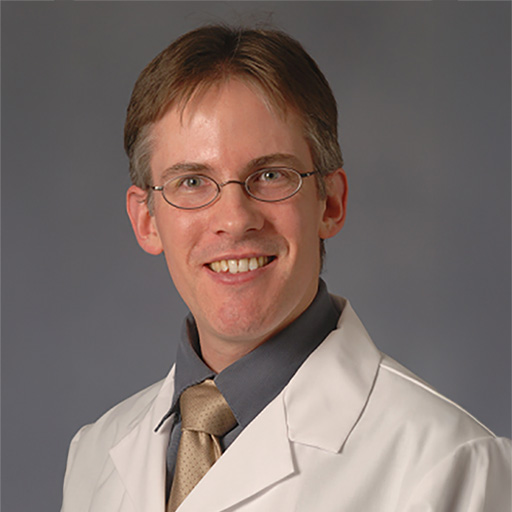




Tim Corson, PhD
Indiana University School of Medicine

The guest speaker is Tim Corson, PhD, an assistant professor in the Department of Ophthalmology, Biochemistry and Molecular Biology, and the Department of Pharmacology and Toxicology, at Indiana University School of Medicine. He is working on developing new therapies for diseases of abnormal blood vessel growth such as age-related macular degeneration.
MICHAEL BUCKLEY: Hello, I am Michael Buckley with BrightFocus Foundation. Welcome to today’s BrightFocus Chat, “What’s New in Macular Degeneration Research?” Our speaker today is Dr. Tim Corson. Dr. Corson is an Assistant Professor in the Department of Ophthalmology, Biochemistry and Molecular Biology, and also the Department of Pharmacology and Toxicology at Indiana University’s Eugene and Marilyn Glick Eye Institute. Dr. Corson has also received a BrightFocus Foundation grant to study potential new treatments for macular degeneration. He is going to share his work with you today and answer your questions.
I also have with me today the BrightFocus Vice President for Scientific Affairs, Dr. Diane Bovenkamp, who will be joining us today to answer some questions and offer some of her insights. Dr. Bovenkamp manages over 150 research grants around the world that are supported by BrightFocus.
If today is your first time joining us, welcome to the BrightFocus Chat. Let me take a moment to tell you a little bit about BrightFocus and what we will do today. BrightFocus funds some of the top scientists in the world. We support research that is trying to find cures for macular degeneration, glaucoma, and Alzheimer’s. We share the latest news from these scientists with families that are impacted by these diseases. We have a number of free publications and plenty of materials on our website, www.BrightFocus.org. We also have information on every single grant we support, including Dr. Corson’s. BrightFocus Chats are another way of sharing this information from the world of research with families that are affected by these diseases.
Now it is our pleasure to turn to Dr. Tim Corson of Indiana University. Dr. Corson, thank you for joining us today.
DR. CORSON: Thank you, Michael. It is a great pleasure to be here. Before I begin, I just want to thank BrightFocus for the very generous support that has enabled some of our research.
MICHAEL BUCKLEY: Great. We are very proud to be a part of such great science. We appreciate you taking the time to join us today and we are excited to welcome you to the first of a few calls we are going to do this fall about research. At BrightFocus, we frequently get calls and emails from people that are impacted by macular degeneration and a lot of them are looking for some sign of hope that there will be new and better treatments in the future. We are going to talk a little bit about that today, but first, Dr. Corson, can you tell us a little bit about your professional background and experience?
DR. CORSON: Absolutely. I began as a university student studying molecular genetics and molecular biology—a bit of a mouthful of a major—and went on to do a master’s degree in neuroscience, and then a PhD in human genetics, all at the University of Toronto. During my PhD, I focused on eye cancers, in particular a cancer called retinoblastoma. Then for postdoctoral research I moved to Yale University, where I worked in a lab that looked at all kinds of different disease areas using the approaches of a field called chemical biology, which is using small molecules—chemicals—to probe biological systems in the hopes of developing compounds that could be new drugs. In my own lab here at Indiana University School of Medicine, I am bringing some of those chemical biology techniques to bear on problems in eye disease and we continue to work on tumors of the eye, but we also developed a major focus on neovascular eye diseases, including wet, age-related macular degeneration (AMD).
MICHAEL BUCKLEY: Great. Why did you pick that field? Particularly macular degeneration. What sort of challenges or motivations did you have to take your research in that direction?
DR. CORSON: Well, as you and your listeners know, AMD is one of the leading causes of blindness. It is estimated that there will be 200 million people affected worldwide by 2020, and the incidence keeps increasing as the global population ages. So, obviously it is a major public health concern. Although there are some effective treatments, there are many patients who have very limited treatment options. That public health necessity, coupled with what I saw as an opportunity for doing some productive research in the area, drove me into the AMD field.
MICHAEL BUCKLEY: I appreciate that. I think that is a great point you raise: As our nation and our world’s population ages, these diseases will only increase. You mentioned some people don’t have the treatments that they need. I was wondering if you could elaborate on that.
DR. CORSON: As you know, there are very limited treatments for the dry form of AMD, which basically just involves being followed by your ophthalmologist and potentially eating an antioxidant-rich diet. The wet form, which as you know is associated with 90 percent of the blindness due to AMD, has more treatment options, but they don’t work for everyone. So, the existing treatments are all a class of molecules called anti-VEGF drugs. VEGF is an acronym that stands for vascular endothelial growth factor. What VEGF does is it acts as a stimulus. It interacts with the blood vessel cells and basically tells them to grow. So, all of the existing drugs work by soaking up the VEGF. They basically take that stimulus away from cells so the cells don’t see it, do not respond, and do not proliferate. Because, of course, it is this abnormal proliferation of blood vessel cells, which we term angiogenesis, in the back of the eye that is the key feature of wet AMD.
MICHAEL BUCKLEY: That is a great point. Can we step back very briefly? For people who may be new to this disease, either a patient or caregiver, could you tell us very briefly what advanced macular degeneration is?
DR. CORSON: As I mentioned and as you know, there are two flavors of the diseases, the dry form and the wet form. The wet form is called wet because it involves the formation of new blood vessels at the back of the eye where blood vessels shouldn’t normally be growing in the adult eye. These blood vessels tend to be leaky, so they can cause hemorrhage, spills of blood at the back of the eye, but they also cause disorganization of the very tightly organized structure of the retina at the back of the eye.
The macula is the center of vision—when you focus on something, it is the macula of your eye that is picking up the photons and allowing you to see. What this leads to is the development of localized blindness in the center of vision as these blood vessels cause disorganization of the retina and hemorrhage. Obviously, stopping these blood vessels from growing is a key approach for the therapy of wet AMD.
MICHAEL BUCKLEY: If you could briefly tell us about the research project that you are working on today and what you hope it can achieve?
DR. CORSON: The anti-VEGF drugs that are available, these are drugs that you have likely heard of—like Lucentis and Eylea, Avastin is also used—they work to prevent the worsening of vision in the majority of patients. But there is still a significant fraction of patients that either never respond to these drugs or respond initially and then stop responding, so their vision starts to deteriorate again after some degree of therapy.
Another limitation of the existing drugs is that they are all injected directly into the eye—what we can intravitreal injections—which, of course, is not the most comfortable way to have drugs delivered.
There is a need to find new drugs that could be taken by other routes and that work by other mechanisms so that they have different molecular effects from the existing drugs. That was the research niche that we set out to explore to see if we could find a new way of targeting the abnormal blood vessel growth that occurs in wet AMD.
MICHAEL BUCKLEY: Tell us a little more. We often hear about the concept of combo therapy. I was wondering if you could tell us what that is and why it is important.
DR. CORSON: Absolutely. Because not all patients respond to these anti-VEGF drugs, or they respond to them and then stop responding, it is appealing to be able to combine one of those drugs with a drug that works by a different mechanism, to have a so-called synergistic effect. This is like the whole being greater than the sum of its parts. If you like apple pie and you like ice cream, they are both great on their own, but you combine apple pie and ice cream together you’ve got this incredible flavor explosion.
It’s the same kind of logic. If we can take two individually effective drugs and combine them, we might be able to have something that is more effective or, alternatively, allows us to use lower doses of each of those drugs than we would otherwise, potentially reducing side effects. Combo therapy is widely used for a variety of diseases. It is especially common in cancer therapy and infectious diseases because you can potentially hit the disease in two different ways, making it harder for the disease to bounce back. We are excited to try to develop new therapies that could combine with the existing anti-VEGF drugs to treat wet AMD.
MICHAEL BUCKLEY: That is fantastic. I understand what you mentioned a few minutes ago, about the people who currently receive therapies through an injection in your eye, and I think you are exactly right; that is something that can cause some anxiety in patients. How would the delivery method change with what you are working on?
DR. CORSON: That’s a very good question, and we don’t have a definitive answer yet. This is still research that is very much ongoing, but one of the challenges with the existing anti-VEGF drugs is that they are all what we would term large molecules. These are basically proteins. Very heavy on a molecular scale. What we are working on with small molecules—things that are more similar to the classic drugs that people think of, like aspirin or penicillin, so very small molecules— has several appealing features. One of those is that they tend to be more soluble and easier to deliver by multiple methods. We are optimistic that the molecules we are developing could be delivered in an eye drop format, although I must state that that is speculation right now based on some computational analysis. We haven’t actually tested this directly, but we are optimistic that because we are working with a small molecule, we might have that topical delivery option. Perhaps something like a once- or twice-daily eye drop instead of the monthly or every six week intravitreal injections needed with the existing drugs.
MICHAEL BUCKLEY: Wow! That is great. That would be an exciting breakthrough. Dr. Bovenkamp—anything you want to add to that, or do you have a question?
DR. BOVENKAMP: Yes, Dr. Corson, I know that we are extremely excited about funding your research project, and I know that your research is still ongoing, but could you elaborate a little bit more about the lead compound that maybe you are using or at least maybe where you got the idea to pursue this particular combo drug?
DR. CORSON: Certainly, and you will have to bear with me because this is a somewhat circuitous story. We started, as many research projects do, by combing the literature for interesting molecules that we thought could be a starting point for developing something that could block blood vessel growth in the eye. We came across a compound that had been isolated from a plant species and shown to have effects on blocking the growth of blood vessel cells, both in the culture dish and also in animal models. In collaboration with my long-term chemist collaborator at Gachon University in South Korea, we made this compound that previously had only been isolated from the plant. We confirmed that it had the predicted activity in blocking blood vessel growth.
Then we wanted to take things a step farther. We wanted to see if we could improve on the natural source compound. We did what is called a structure activity relationship study, or SAR study. This is basically tweaking the molecules: making small chemical changes to the compound in hopes of finding something that could block the growth of blood vessel cells initially in the culture dish without having toxic effects on other cell types. We really wanted to find a compound, a chemical, that would profoundly stop the growth of blood vessel cells, which of course are the cells that go on to form the abnormal angiogenesis in wet AMD.
At the same time we didn’t want to find molecules that could just indiscriminately kill cells, because they would likely be associated with unacceptable side effects if we used them. We screened a large number of compounds and tested over 200 different chemicals to date, some of them isolated from natural sources but most of them are synthesized by doctors. We found this one compound that we have given the memorable name of SH11037 that is highly selective. One day, hopefully, we will have a much catchier name for it, but while it is an experimental compound that is what we are stuck with.
We found that it is very selective and potent at stopping the growth of blood vessel cells without having negative effects on the growth of other cell types from the eye and elsewhere in the body. We have done a fair bit of investigation with this compound. As I said, initially we were screening just in cell and the culture dish. These were human cells, but we can grow them indefinitely in the lab. They are pretty far removed from the patient. Then we wanted to test our compound, this SH11037, in a whole organism model. We moved to an animal model. I said before that we hope to deliver this compound as an eye drop, but for now we are testing it as an injection into the eye because we know that gets the compound where it needs to be and that is how the existing drugs are delivered.
When we injected this compound into the eye we saw no signs of toxicity by a number of different measures, and that gave us the confidence to test it in an animal model of choroidal neovascularization (CNV), which is the even more technical term for the angiogenesis, the abnormal blood vessel growth that occurs in wet AMD. We were very excited to find that our compound, at fairly low doses, could quite significantly block the formation of abnormal blood vessels in this model. That alone was quite exciting, but then we sought to see if we could potentially use this as a combo therapy. We combined our compound SH11037 with a known antibody that works very similarly to the existing anti-VEGF drugs and found that we could use doses of the two drugs. So our compound and the anti-VEGF therapy that individually had no effect, when we combined those low doses we saw a very pronounced effect, as good as the high doses of each one. This really showed that we had this synergistic combo effect that could potentially be appealing for developing this further as a combo therapy.
MICHAEL BUCKLEY: If I could just interrupt the Q&A for one moment to remind people that BrightFocus offers a number of free materials to help families on macular degeneration. We have one called “Macular Degeneration Essential Facts.” We have another called “Top 5 Questions to Ask Your Eye Doctor.” Those are available free at www.BrightFocus.org or you can call 1-800-437-2423 to request a copy. Dr. Bovenkamp, anything else?
DR. BOVENKAMP: Yes—I know that we are totally excited about your project and the results, they are amazing. I did want to just clarify for people on the phone that this project is at the exciting experimental stage. It has not yet been tested in clinical trials, but I believe that Dr. Corson has a few more experiments that he needs to do before this can ultimately be taken to the clinic by, perhaps, colleagues.
MICHAEL BUCKLEY: Just to add to Dr. Bovenkamp’s comment, one of the questions we frequently get from people here at BrightFocus is why does research take a little longer than non-scientists might think it does? Could you tell us a little bit about how a research project goes from that initial idea all of the way to FDA approval? How does that process work?
DR. CORSON: Well, it is a long process but it should be a long process. You don’t want to be just willy-nilly injecting chemicals into humans without really, rigorously studying both the efficacy and the safety first. That is what the FDA’s job is, to make sure that humans are not exposed to things that either don’t work or do work but have unacceptable side effects. It is a very long process and it initially starts, as we did, with cell-based studies—again, looking at cells in a petri dish in a lab. If things look good in those experiments, we move into animal models where we look at efficacy, which we have done, and safety, which we have done on a small scale.
The FDA requires extensive safety studies over a long period of time. Beyond that, there are other more practical questions, like formulation—as we talked about. How is this molecule going to be delivered? What is the most effective way for doing that? At any stage of this process, if things don’t look good, the molecule can basically be sent back to the drawing board to tweak the structure of the molecule and the whole process has to start again. It is really no surprise that this is a slow process and that the pharmaceutical companies have to invest so much money in bringing new therapies to market, even before they reach the human stage. We are under no illusion: what we are working on still has a very long road to go, but based on the data so far we are quite optimistic.
MICHAEL BUCKLEY: That’s exciting, and I’ll say that I appreciate you pointing out the challenges and the peaks and the valleys in the process. You are exactly right that safety is the paramount issue. We have a question from Jaclyn from Maryland who was wondering, “Where do these 200 compounds come from that you mentioned?”
DR. CORSON: That is a fantastic question and for the most part they are being made by my chemist collaborator. Chemists are the magicians of science. They are able to take simple chemical compounds and combine them in new ways to form new molecules, new chemicals, that have never existed in the world before. I don’t do this myself, so I look on in some awe at my colleagues who do chemical synthesis. That is the way you can use organic chemicals—the kinds that we usually think of as drugs—that are made the world over for all kinds of purposes, be they drugs, new plastics, or whatever. There is a chemist in the lab somewhere who is piecing together molecules like a Lego set, for instance: You start with a variety of known bricks and you can put them together in infinitely different ways if you know how to do it.
The molecules we have been working with all start with the same basic skeleton but we tweak them in different ways, so we make it a little bit bigger here, smaller there, we swap out a methyl group for a hydroxyl group. These little changes can quite profoundly affect the properties of a compound, be that how soluble it is, how effective it is, or whether it has toxic effects. This process of medicinal chemistry is a long and slow one, but having skilled people who can help with this is absolutely essential in the drug discovery and development process.
MICHAEL BUCKLEY: That’s a really exciting collaboration across different fields of science. We have a question from Alice from Maryland. How do you feel about—beyond your own research—the overall prospects for new research for patients with AMD?
DR. CORSON: I wouldn’t be in this business if I wasn’t inherently optimistic. Science has a lot of ups and downs. If you focus too much on the downs it can get quite depressing. I see some of the molecules that are in trials right now and it is very exciting. Not everything works, of course, but there is a lot of interest in both academia and the pharmaceutical industry in finding new and better therapies for wet AMD. I really am confident that it is only a matter of time before there are some complements to the anti-VEGF drugs available.
MICHAEL BUCKLEY: That’s great. We certainly appreciate your optimism, and that is what we try to do at BrightFocus, really invest in research that can improve peoples’ lives. On the VEGF side, could you tell us a little bit about the medicines, anything over the counter? Am I correct that these are supplements that can be purchased over the counter? VEGF or anti-VEGF at the pharmacy counter.
DR. CORSON: The anti-VEGF therapies are all prescription-only drugs. These are the ones that have to be injected into the eye. Even if they were available over the counter, we probably wouldn’t want people self-administering them into their eyes at home. But no, these are prescription-only drugs that your ophthalmologist would prescribe.
There are, for the dry form of AMD, some vitamin supplements that in some studies have been shown to help slow the progression of the dry form. For the wet form of the disease it is the anti-VEGF drugs, those are the standards of care that you would want to use clinically right now.
MICHAEL BUCKLEY: The latter that you mentioned, am I correct that is the AREDS2 that we hear of?
DR. CORSON: Exactly. AREDS2 was a very large study of these vitamin and antioxidant supplements; their formulation is now widely available as an over-the-counter supplement that may be helpful for some dry AMD patients.
MICHAEL BUCKLEY: I thought it would be a good time to mention the publication that is available for free at BrightFocus called “Macular Degeneration: Essential Facts.” The brochure talks through the details of what is in that AREDS2 supplemental formula. That is available free of charge at www.BrightFocus.org, and you can call 1-800-437-2423 and we would be glad to send you a copy. Dr. Bovenkamp, do you want to add anything?
DR. BOVENKAMP: Do you think that for dry AMD, in the future, is there anything coming down the pipeline that you see in clinical trials that is most promising for that? Be it an injectable or not?
DR. CORSON: That is a little bit outside of my focus area, since we focus on the wet form of the disease, but I know there are some very exciting research projects coming out of a number of different centers in terms of understanding the underlying biology of the dry form of the disease, which has been a little bit harder to figure out than with the wet form. We know with the wet form that one of the major features is the abnormal blood vessels, and we know that if we stop that we can potentially halt the disease. The dry form is a little bit of a harder nut to crack in terms of understanding the biology. There are some exciting things going on that will hopefully translate to new therapies soon.
DR. BOVENKAMP: Absolutely. I know that we will actually be having another call in October 2016 with other researchers to talk about dry AMD, so that will be great. Could you just take a few moments to give your advice on how we as lay people can help support science and the excellent research done by innovative researchers such as yourself?
DR. CORSON: There are a number of things that everyone can do to help support science. The first one I would say is—as all your listeners are—be interested and learn about what is going on and the science so that you can be well versed when you are talking to your physician. The second, for those who are interested and willing, is to talk to your ophthalmologist about clinical trials. Not everybody is right for every trial and not every trial is right for everyone, but there are always new drugs being tested and new formulations of current drugs. You can help, if you are comfortable with this, by getting involved with those trials and with the hope that your contribution to these clinical trials will help advance the field and help other people, other patients, down the road. Of course that is very much a personal choice, and not everybody is comfortable with being involved with these experimental studies, and not all physicians in all centers are necessarily participating in these studies.
The other thing that I, as a basic scientist, a lab-based researcher, really would encourage people to consider is to keep fighting for increased funding for medical research. As you may know, the lion’s share of medical research funding in the U.S.A. comes from the National Institutes of Health (NIH), which is a government organization that reviews grant applications from scientists around the country and around the world and provides research funding for the best of those projects. With the current levels of funding there is a lot of really excellent research that falls below the line where they are able to fund people. There are a lot of great scientists out there who just don’t have the money to do really exciting experiments that could lead to the next breakthrough. By talking to your elected representatives and encouraging them to support increased NIH funding, that is possibly one of the most powerful things that any individual can do. This kind of biomedical research is really expensive and there is just no other way to do it, so we need the support of government funding and also foundations like BrightFocus that enable the kinds of discoveries that we are working on to happen in the first place and then get moved forward toward clinical deployment.
DR. BOVENKAMP: We are always leaving no stone unturned trying to find the best research that we can fund, and often a lot of researchers are very happy to receive our funding if they haven’t been successful in obtaining NIH funding, and a lot of times the research that we do fund provides the preliminary data that they can then go and apply for future NIH grants.
MICHAEL BUCKLEY: That’s great. Dr. Corson, you’ve done a great job of pulling back the curtain about how science works. I appreciate you mentioning clinical trials a minute ago. Could you tell us how a person who participates in a clinical trial, how does that person help advance science?
DR. CORSON: Clinical trials do a number of things. A so-called Phase I clinical trial is when a new drug or a new formulation of a drug, or a new combination therapy for that matter, is tested in humans for the first time. Those studies really seek to make sure that the drug is safe, and if a drug passes that Phase I safety trial they move on to a Phase II trial, where that drug is compared against a placebo—so, no treatment or an existing drug to see if it performs as well or better than the existing drug. It is that Phase II trial that really decides, okay, is this drug making a contribution to the treatment of this disease?
For any kind of clinical trial, it is essential to have the appropriate number of patients enrolled in that trial. Statisticians work very hard to determine the optimal number of patients for a given trial, not too many and not too few, so that the outcomes can be really trustworthy and robust. It is important to have people volunteering for those trials who can provide the numbers of individuals. Normally there is a need to have individuals of diverse backgrounds, ethnicities, sex, location in the country, stage of disease—again, depending on the trial. Chances are that any individual patient has some unique characteristic that is particularly useful for one trial or another in order to meet their enrollment goals.
Once those trials are complete, that’s what helps to decide if a drug is going to be approved, if a new combination is better than the existing drug, whether perhaps an existing drug could be used for a new indication. Without participation in clinical trials, the whole process of drug development grinds to a halt. It really is essential, and I would certainly encourage anyone who feels comfortable to talk to their physician about getting involved.
MICHAEL BUCKLEY: I really appreciate you shedding light on that. It is something we get a number of questions on. As we wrap up today’s Chat I would like to give a very special thanks to Dr. Tim Corson of Indiana University for sharing his research with us today and telling us a lot about how a scientist works and giving us hope for the future. I would like to thank everyone who joined the call and submitted questions.
We will be putting together a transcript of this call that is available free of charge on our website or upon request, and because today we got a number of questions about the AREDS2 supplemental formula, we will include the details on that recommended formula in the transcript. About a week from now we will have a recording and a written transcript of this call on our website, www.BrightFocus.org. You can also listen to and download past BrightFocus Chats on iTunes and SoundCloud. Again, the information that we talked about today and the publications are available at www.BrightFocus.org, free of charge, or stay on the line.
Our next Chat topic will be, “Answering Your Questions about AMD.” That will be on Wednesday, September 28, 2016, and we encourage you to call 1-800-437-2423 to register now. We will also be sending out a reminder email. Dr. Corson, thank you very much for joining us today.
DR. CORSON: Thank you! It has been my pleasure.
MICHAEL BUCKLEY: Thank you, everyone.




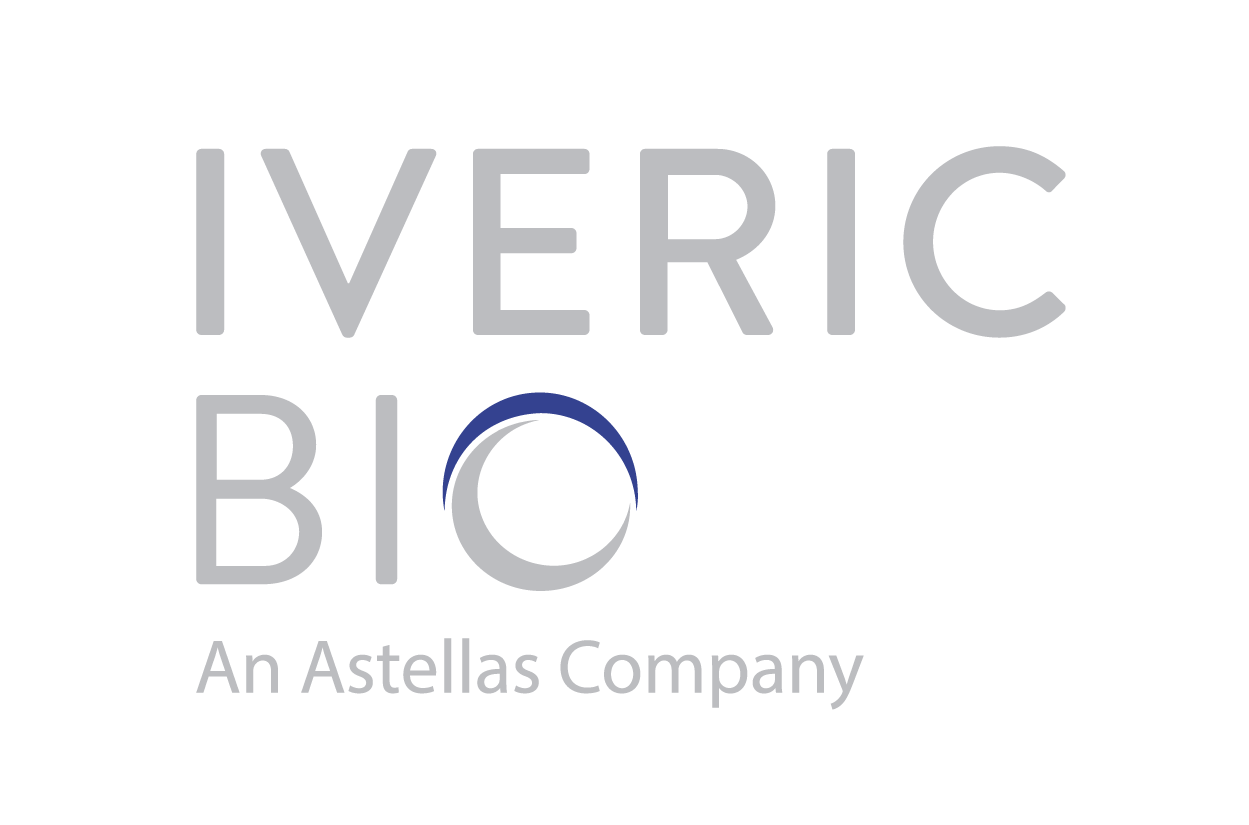


BrightFocus Foundation is a premier global nonprofit funder of research to defeat Alzheimer’s, macular degeneration, and glaucoma. Through its flagship research programs — Alzheimer’s Disease Research, Macular Degeneration Research, and National Glaucoma Research— the Foundation has awarded nearly $300 million in groundbreaking research funding over the past 51 years and shares the latest research findings, expert information, and resources to empower the millions impacted by these devastating diseases. Learn more at brightfocus.org.
Disclaimer: The information provided here is a public service of BrightFocus Foundation and is not intended to constitute medical advice. Please consult your physician for personalized medical, dietary, and/or exercise advice. Any medications or supplements should only be taken under medical supervision. BrightFocus Foundation does not endorse any medical products or therapies.

Macula 101—how this eye part works and how to keep it healthy.
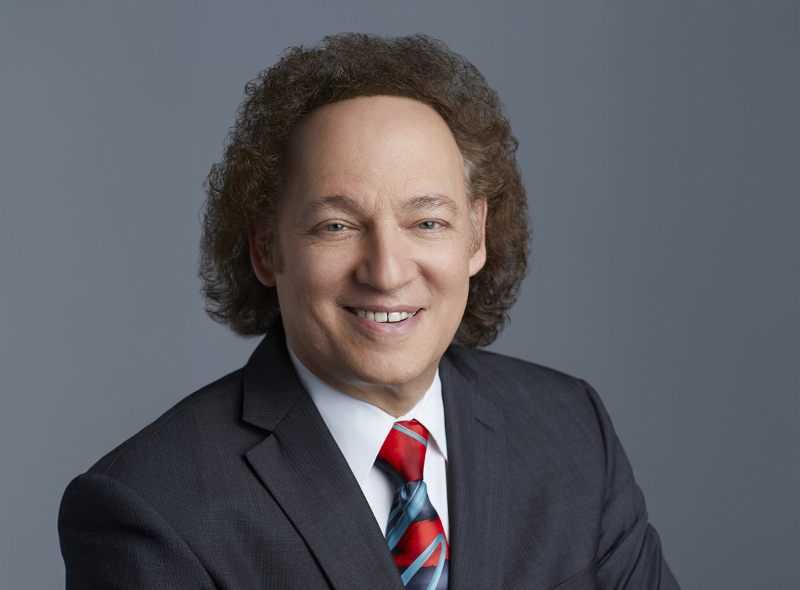
Join us for a conversation about light therapy and macular degeneration, where we’ll explore how different types of light—blue, red, and sunlight—affect the retina, the science behind light therapy, and the newly approved Valeda red light therapy
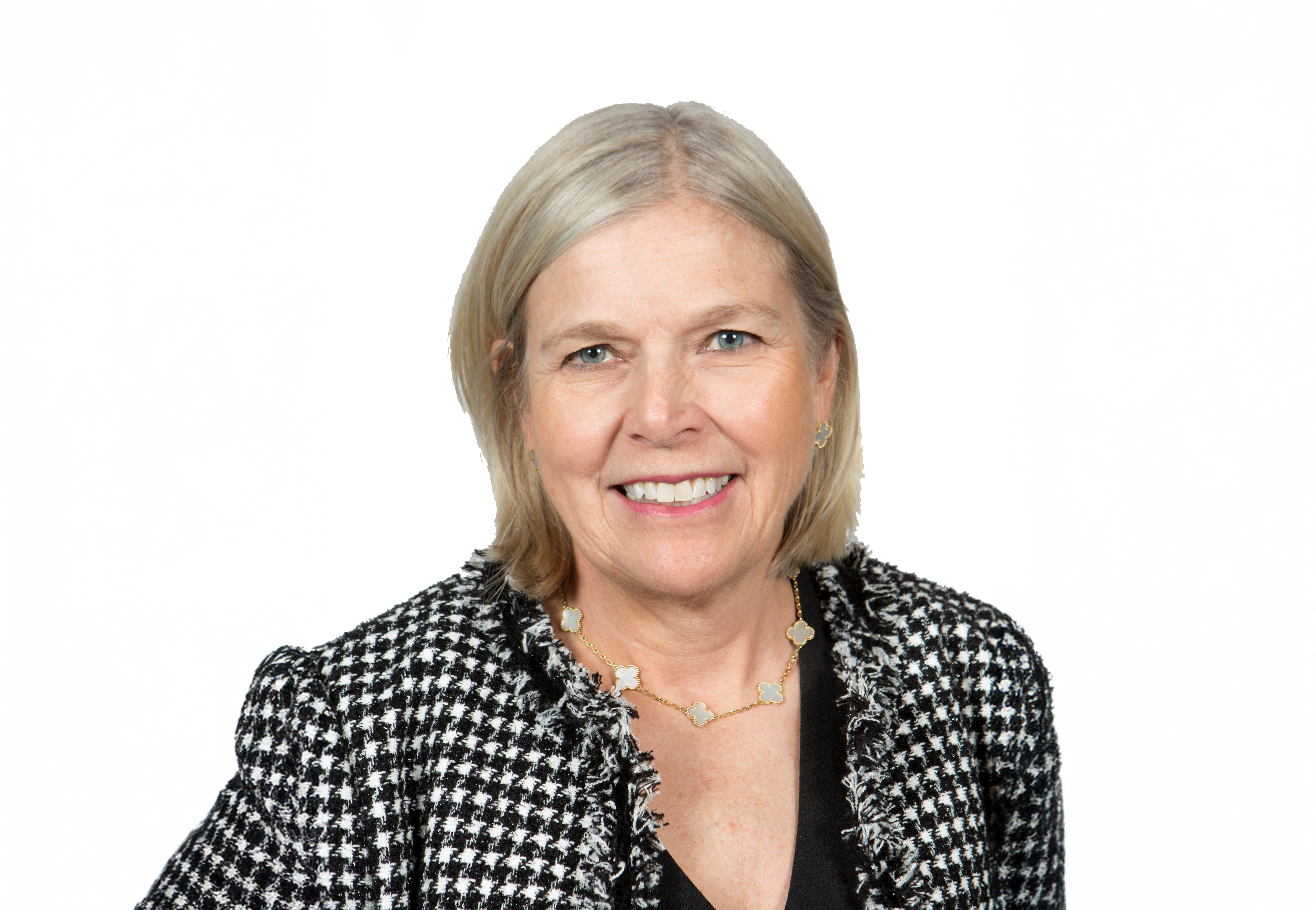
Learn about how to navigate treatment options, engage in shared decision-making with your healthcare team, and maximize your eye health.
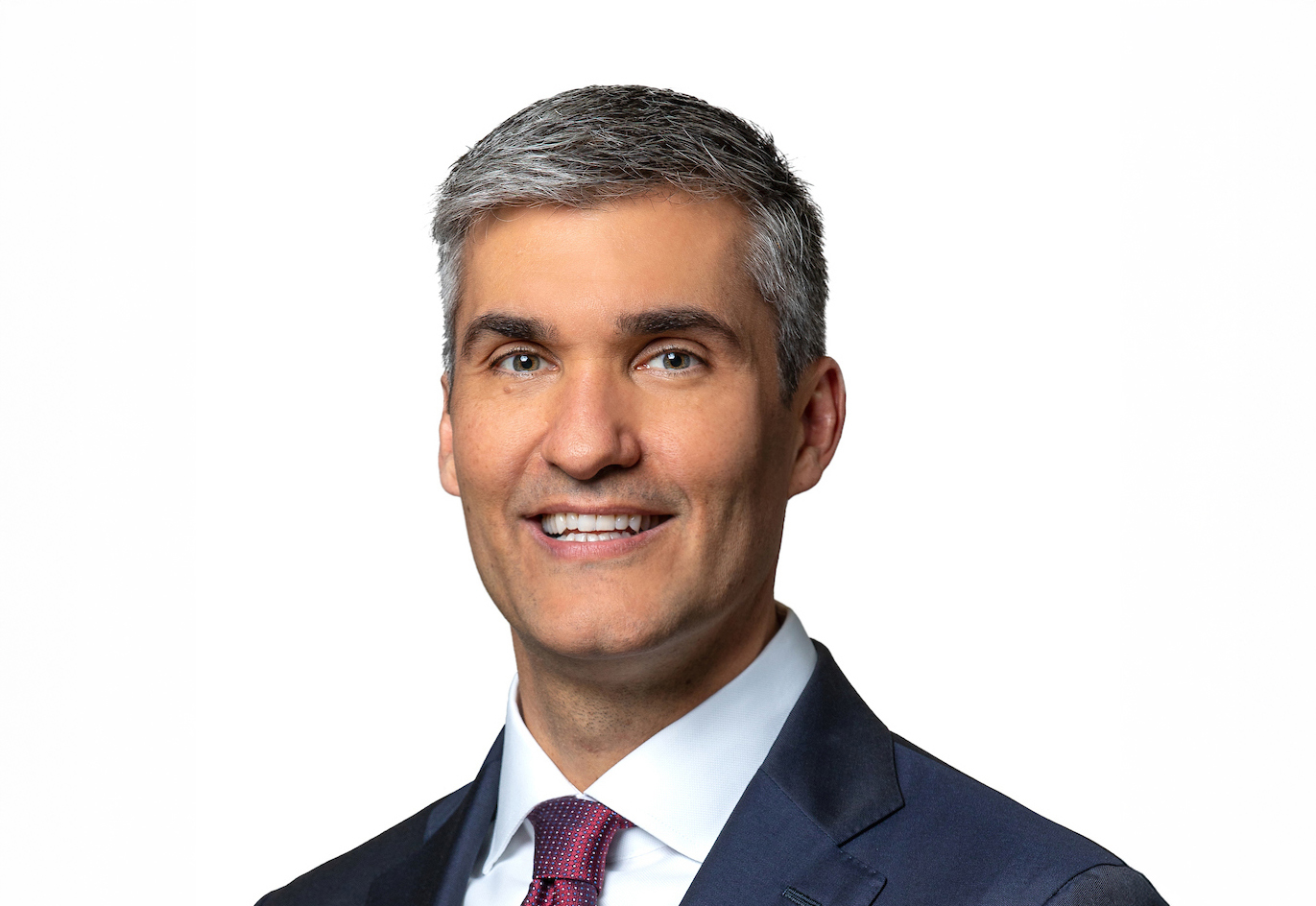
Join us for an in-depth discussion on the latest developments in wet age-related macular degeneration treatment.
